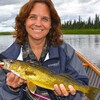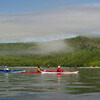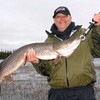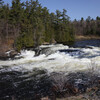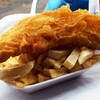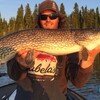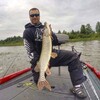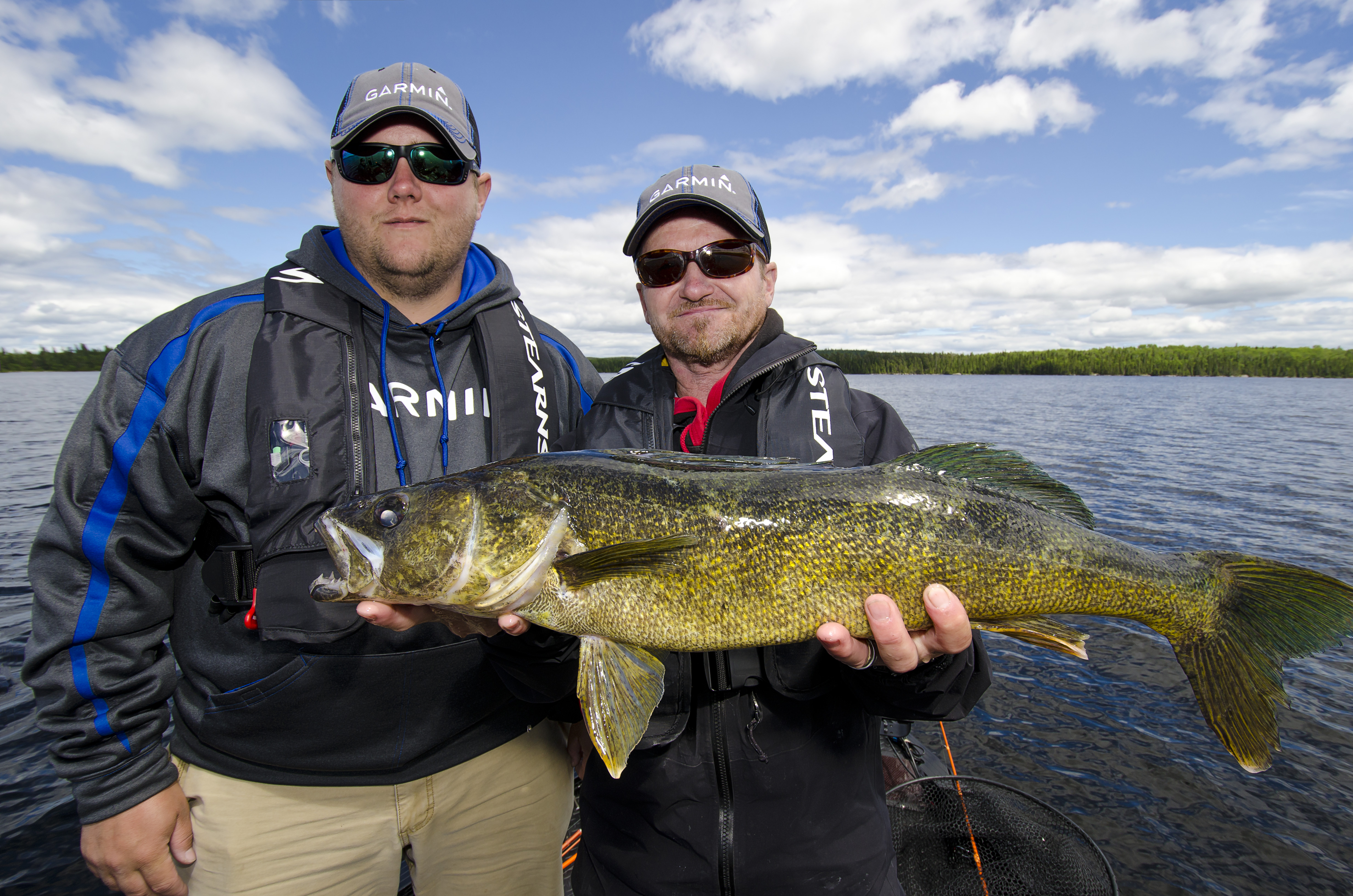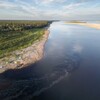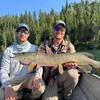
Tackle Tip Tuesday: Fishing Line Basics
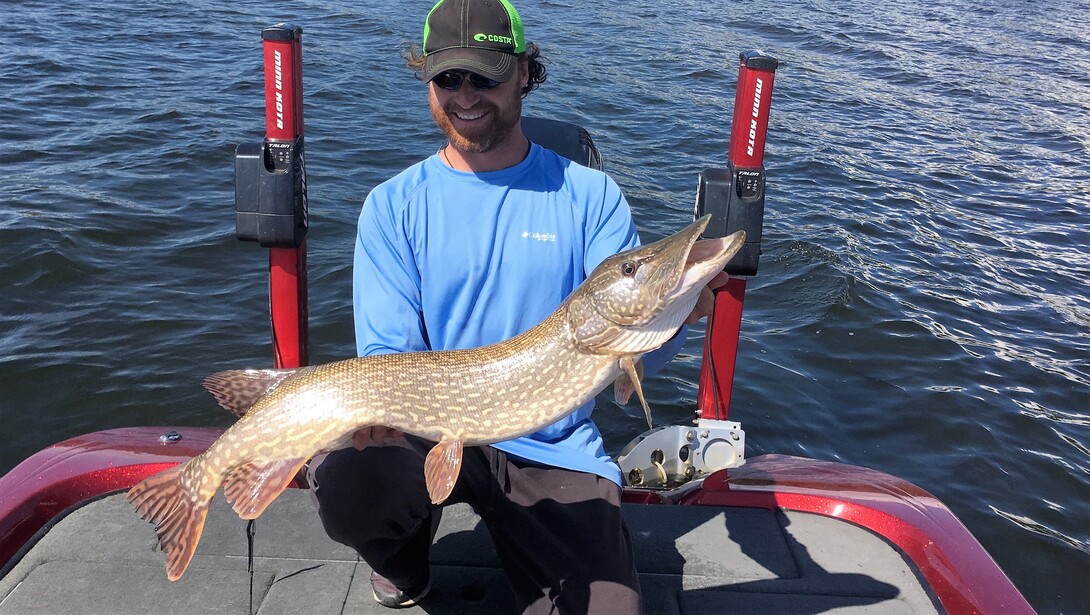
Probably the most common question that I am asked is, "Should I use that braid stuff?" A question that will more often than not lead down the rabbit hole in a discussion on fishing line. This discussion usually happens because using the proper fishing line can have so many deciding factors—many of which the average fisherman doesn't think of, or perhaps doesn't even know. This week's Tackle Tips will break down and explain the differences and advantages of the main line classes.
Broken down into three main classes, fishing line serves as probably the biggest link in the system. The type of line you are going to select will be based on many different deciding factors.
Some of these factors include:
- The targeted species
- The power of the rod you're using
- The cover, type of current you're fishing
- The depth you're fishing
- The type of bait you're fishing
- The colour of water you're fishing
- The technique you're using
Now, before selecting the proper line, you first need to understand that each line class has a set of qualities, strengths, and weaknesses.
Monofilament
Probably the most commonly recognized by the average angler, monofilament serves as a very good all-around type of fishing line. When buying fishing line, this is the line class that most beginners will usually reach for. With some key characteristics, monofilament will always have its time and place.
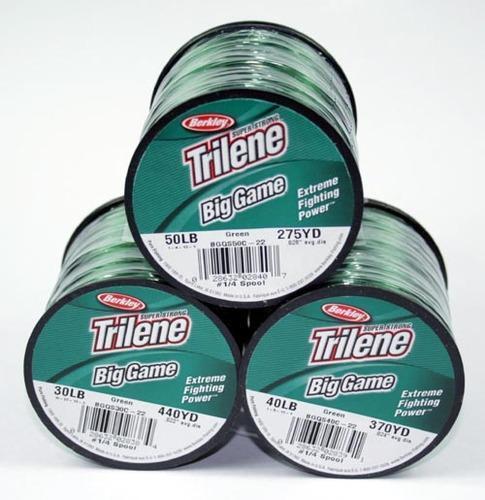
Characteristics of Monofilament
- Comes in many different colours and sizes
- Line floats
- Line has lots of stretch
- Next to invisible for fish
- Good for mainline
- Very abrasive
- Average sensitivity
Negative Characteristics
- Line has lots of memory
- Is not as thin in diameter as other line classes (8-lb test = 8-lb diameter)
Fluorocarbon
Although it looks and feels very similar to monofilament, fluorocarbon has many different characteristics some that are in fact the complete opposite of its counterpart, monofilament. Being virtually invisible, this line is usually used on spinning reels with light/small diameter line, on casting reels, or as a leader line. This line thrives in clear water, on finicky fish, or when utilizing a baitcasting outfit. Overall, fluorocarbon is quickly becoming the most widely used line in fishing today.
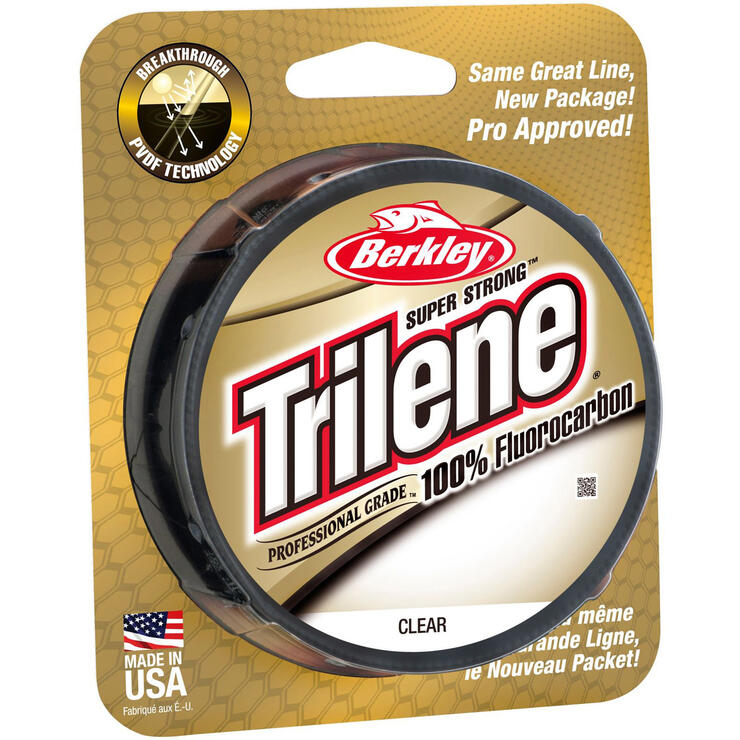
Characteristics of Fluorocarbon
- Line sinks
- Virtually invisible
- Has a thinner diameter than monofilament (10lb test = 6 lb diameter)
- Has very little memory making it easy to cast
- Has very little stretch
- Good for leaders
- Very abrasive
- Good sensitivity
Negative Characteristics
- If your knot isn't tied correctly, the line will break
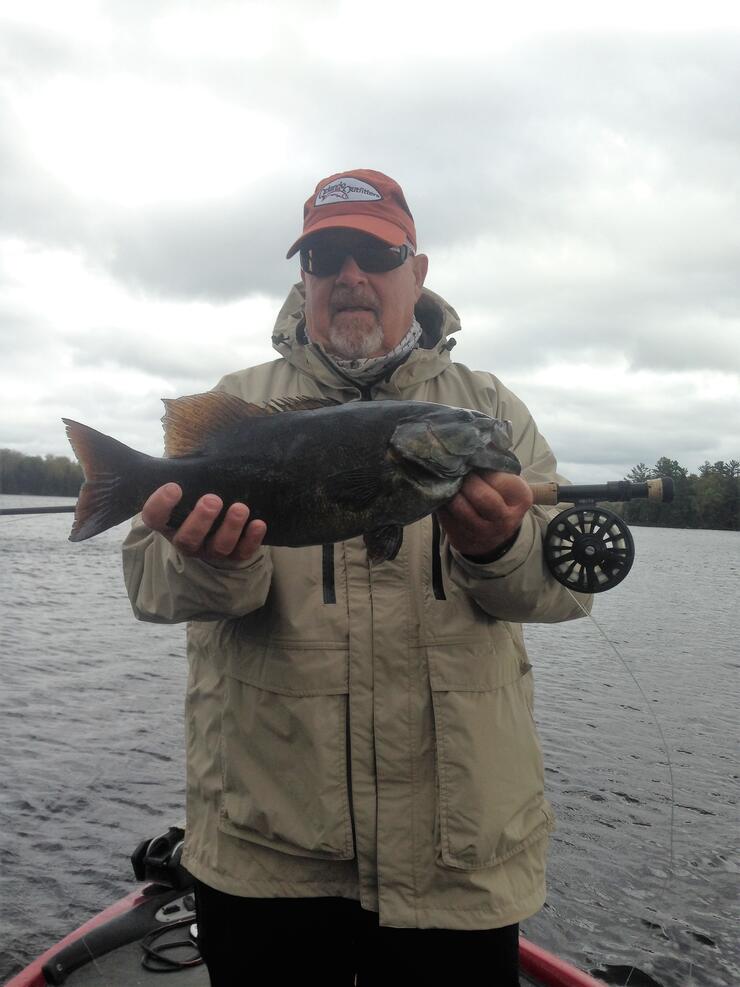
Braid
I've saved this class of line specifically for last because it's the most common line that comes up in conversation. With a look and feel that is completely different than the other two classes of fishing line, braid has quickly become a very common mainline for most fishermen. Having no memory, or stretch, this line casts a mile and comes off the spool about as smoothly as you will find. When used correctly, braid combined with fluorocarbon is probably the hardest combination to beat.
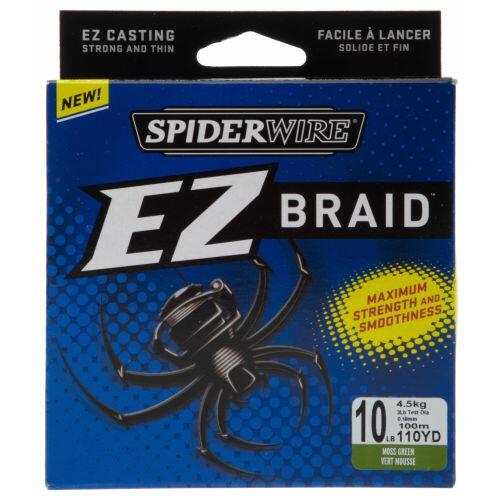
Characteristics of Braid
- Line floats
- Great sensitivity (best)
- Zero stretch
- Cuts through current
- Very strong
- Easy to tie
- Very thin (30lb = 6lb diameter)
- Casts well
- Many different colours to suit anglers needs
- Zero memory
Negative Characteristics of braid
- Not very abrasive
- Very visible to fish
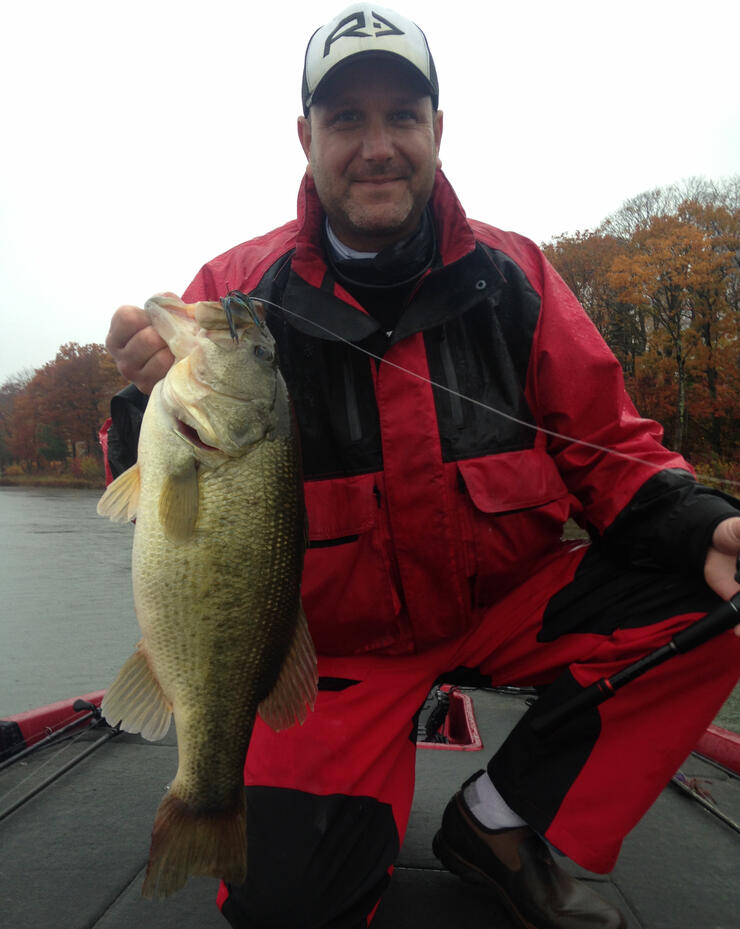
Hopefully knowing these characteristics will help you, the next time you are in the tackle aisle looking to pick the proper line. Next week we will look at how to properly spool all of these lines onto your given casting or spinning reel.
Recommended Articles

The Group of Seven in Algoma

9 Facts to Know about the Agawa Canyon Tour Train

